First Day Home with a Puppy? Here’s What to Expect
The beginning of puppy parenthood can be rough, but it does get better — especially when you implement this advice.
The beginning of puppy parenthood can be rough, but it does get better — especially when you implement this advice.
by Savannah Admire, | July 31, 2024

Jayme Burrows / Stocksy
Bringing a new puppy into your home is an exciting — and rewarding — experience. But you may run into some challenges, especially if you’ve never been a puppy parent before. You want to start bonding with your new family member immediately, but you also want to establish house rules that can ensure good behavior as your new family member grows. Here’s what to expect on your puppy’s first day in a new home.
Just like you, your new dog will likely have lots of feelings on their first day in your home. Expect them to shift between curiosity, nervousness, and excitement — and even to feel all the feelings at the same time. For puppies, the first day at a new home can be overwhelming, so do your best to help them feel safe and comfortable. Remember that every dog is different and may take time to adjust, so go with their schedule, and be patient and understanding.
Before you pick up your new puppy or dog from the shelter or rescue, make sure you have all the puppy supplies they’ll need to be happy, healthy, and comfortable. Some things to buy for your new pup include:
Crate
Bedding
Toys
Treats
High-quality puppy food
Bowls for food and water
Adjustable collar and leash
Seatbelt
Whether you adopted a puppy or an adult dog, it’s important to set up a safe and quiet place in your home. This gives them somewhere to retreat to when they’re overwhelmed or just need a break, which can be especially essential for rescue dogs. Plan to make your first days home with a new puppy as quiet, easy, and safe as possible.
If you’re able to, it’s a good idea to take off work on the day you plan to pick up your new adopted dog. Even better, and if you’re able, work remotely for a few days so you can help your pet get accustomed to their new home. The more you can be present in those first few days, the quicker the two of you will be able to bond.
Bring a crate or seatbelt, leash, and collar with you to pick up your pup so they’ll be secure in the car. While having your pup sit on your lap during the trip home can be tempting, it can be dangerous during a car accident (plus, it really isn’t feasible to do with a larger dog).
To avoid overwhelming your new dog, try to introduce them to one member in the family at a time in your first few days with a puppy. Let the dog approach each person at their own pace, and make sure newcomers sit down calmly so as not to frighten the dog.
Introducing your new dog to children: If you have young children, supervise their behavior and establish rules for interacting with the dog. Tell them not to pick up the puppy but instead help them gently hold the dog in their lap with your assistance.
Introducing your new dog to existing dogs: If you already have an adult dog, they will likely play a significant role in teaching your puppy how to act appropriately and can help you figure out how to make a new puppy feel at home. Expect an older dog to correct the new addition to the family, but be sure to separate them if the adult dog becomes agitated or aggressive.
Introducing your new dog to cats: Introducing a new dog to a cat may take a little more time and patience. Start by introducing them through a barrier, such as a gate or a closed door, so that both animals can meet via scent first. Always make sure to reward and encourage positive behavior in the first week with a puppy and beyond.
Avoid contact with unknown dogs: You should also steer clear of strange dogs until your puppy is fully caught up on their vaccinations. Also, make an effort to minimize stress, and save introductions to friends and family members outside the home for later.
A well-structured routine is the key to a happy, well-behaved dog. By establishing clear rules and a consistent schedule from day one, you'll help your pup feel secure and understand what's expected of them.
With a new puppy, it’s best to start house training immediately. Plan for regular breaks to go outside at least every two hours, as well as any time your puppy eats, drinks, wakes up, or sniffs around the room.
Most young puppies have to use the restroom every 45 minutes or so when they’re awake, which can be a challenge to keep up with, especially on your first day home with a puppy. Just understand that mistakes will happen, and you should never punish a dog for going in the house. Instead, reward them with praise and treats when they eliminate outside so they know they’re on the right track.
Just like with house training, you should start enforcing rules for your new puppy from day one. Every pet parent is different, so decide what you will and won’t allow. For example, is your dog allowed on the furniture? Can they have food from the table?
Determine your household rules and stick to them — and make sure everyone else in the family sticks to these rules as well. Praise your dog for good behavior and reward them with treats.
With new dogs, it’s a good idea to limit their access to your home for the first day, both to prevent them from getting overwhelmed and to keep the rest of your house safe from curious puppy teeth. Choose a designated area of the house where they can explore and then introduce them to the rest of the space one room at a time.
Bedtime is always tricky on a new puppy’s first day home. While a crate in your room is the best place for them, hearing their cries the first night (or several) can be upsetting. Just remember that it’s important to establish a bedtime routine to help your new dog get settled.
Pick a bedtime and be consistent. Setting a regular bedtime helps with adjustment and house training.
Get plenty of play before bed. Make sure to play before bed to prevent excess energy at bedtime.
Do one last pee break. Take them outside for one last potty break before bedtime.
Ensure their crate is nice and snuggly with a warm blanket. Even better, ask for a blanket they used at the shelter to give them something familiar.
Reward your pup. Give your puppy a little treat when they go in the crate on their own.
Be prepared to wake up in the middle of the night. If they need a pee break in the middle of the night, make sure it’s boring and uneventful.
It’s totally normal for a dog to feel a little anxious or scared in a new environment. Be patient and understand that it will take your new pet some time to adjust to their living situation. Encourage playtime and activity, which can help reduce stress and make them feel more at ease.
Dogs are very expressive and quick to show that they’re happy. Look for signs such as a wagging tail and wiggly body, getting plenty of sleep (naps included), a healthy appetite and leaning into your hand during petting.

Savannah Admire is a writer, editor, and pet parent to two dogs and a cat. When she’s not writing, you can find her reading, playing Animal Crossing, or being an obnoxious nerd about her favorite movies and TV shows. She lives in Maryland, where she constantly debates whether or not to get a third dog.
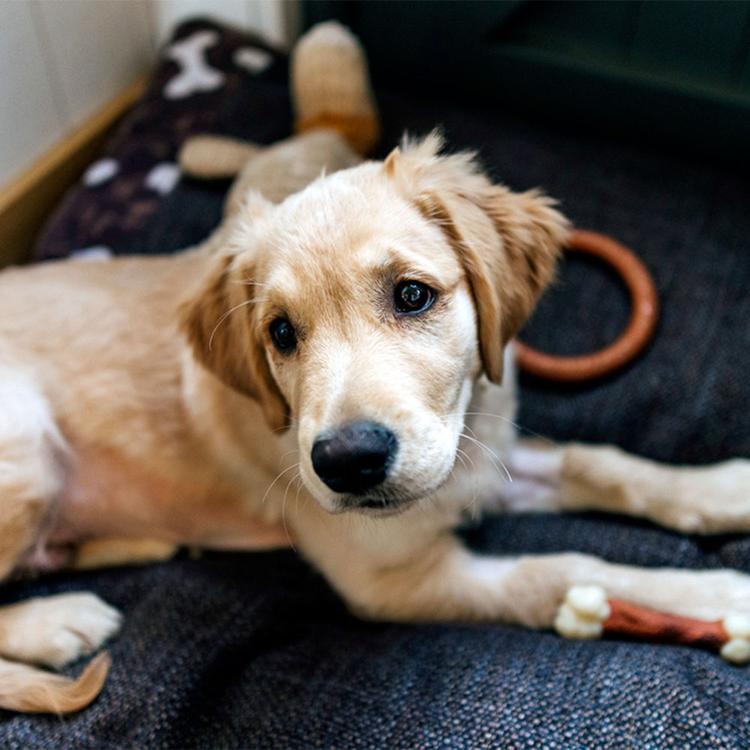
Adoption Advice
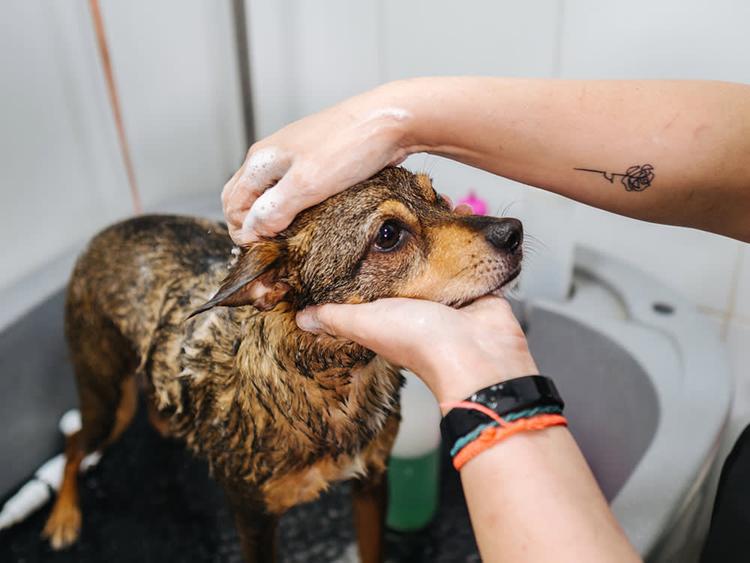
Shelters & Rescue

Adoption Advice
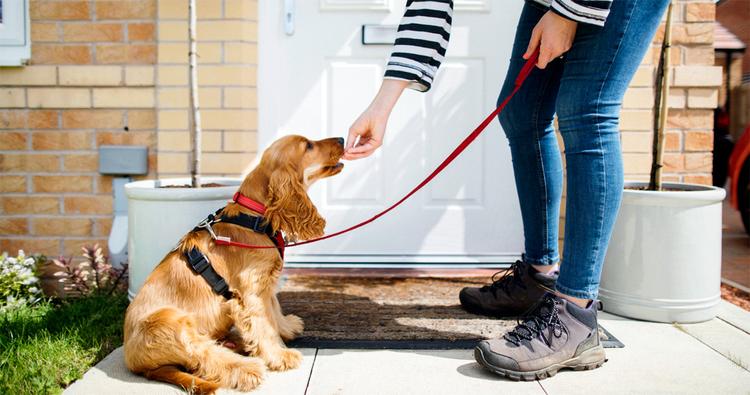
Behavior & Training
Make your pup a potty pro with these house training tips.

Behavior & Training

Adoption Advice
Adopting a new puppy can shake-up the doggy dynamics at home. Here’s how to keep the peace and harmony among your pets.
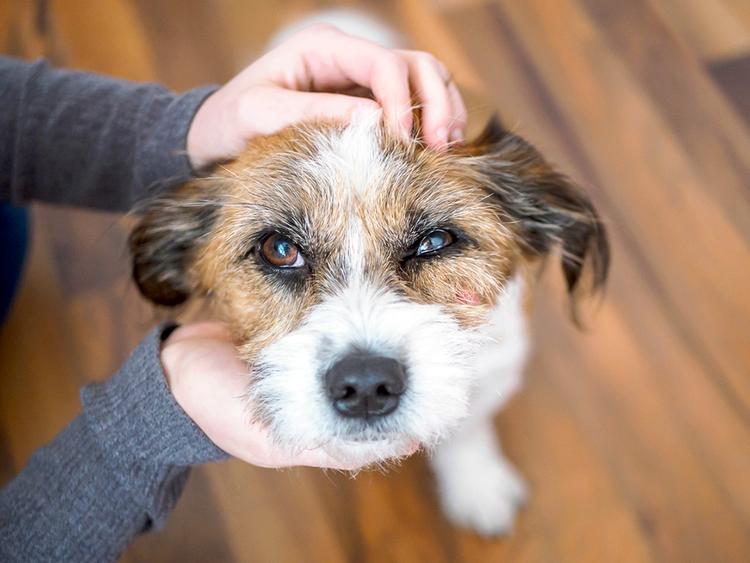
Adoption Advice
Getting a dog can be the best thing you ever do — if you’re prepared. Here’s a checklist any prospective pet parent should consider before adopting a new bestie.
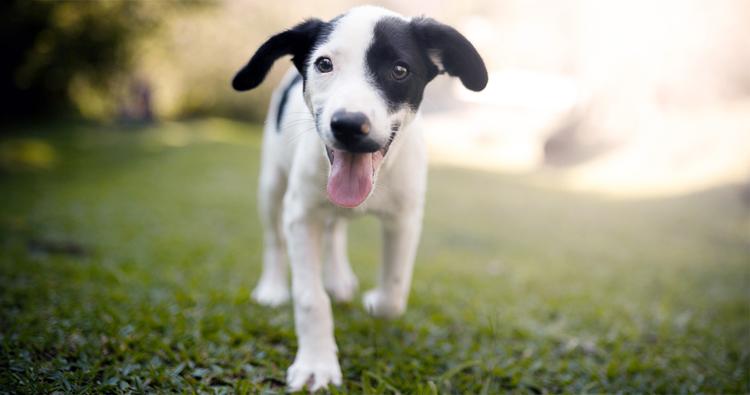
Adoption Advice
Did you just bring home an adorable puppy?

Behavior & Training

Behavior & Training
Dogs need space to live their best lives, but how much is enough?
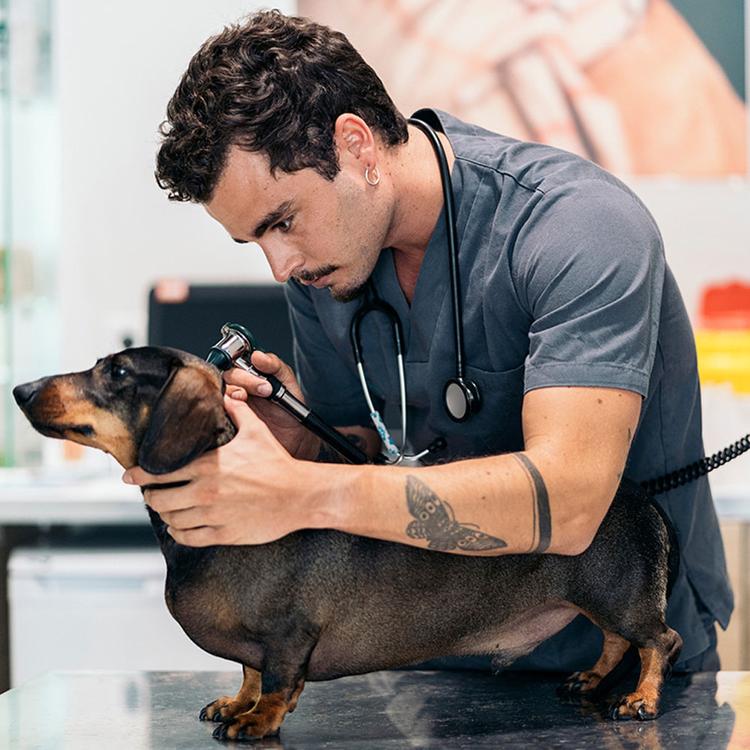
Adoption Advice
Wondering what to expect from your puppy’s first vet visit? Read more to learn about how to prepare and what to expect.

Adoption Advice
Tips on finding that unique connection with your next dog.